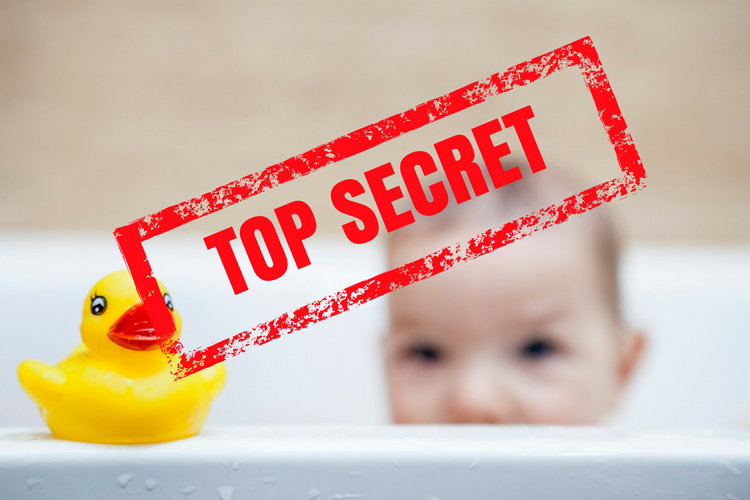Are there toxic chemicals in children’s products? The simple answer is “YES.” But the truth is that for most products and chemicals, it’s impossible to know because companies can keep the ingredients a secret. For parents and policymakers working to protect kids’ health, that’s a sobering thought. But don’t despair—a landmark Washington state program aims to uncover the chemicals used in the clothes, toys, other things kids use.
Kids are among the most vulnerable when it comes to the health effects of toxic chemicals. We know kids are exposed to toxic chemicals when, through normal wear and tear, the chemicals escape consumer products, get into the air, on hands, and in dust in our homes. But if we don’t know where the chemicals are in the first place, we can’t take measures to protect kids.
The Good News
The good news is that a Washington state program requires makers of kids’ products to report whether certain chemicals are in their products. Since reporting began, makers of kids’ products have filed over 40,000 reports of chemicals in their products. That might seem like a lot, but when you consider that manufacturers are required to disclose only 66 of the estimated 80,000 chemicals on the market, it’s clear more disclosure is needed.
Right now the Department of Ecology is proposing to require manufacturers to report even more chemicals. These chemicals include several phthalates, additional flame retardants, and stainproofing chemicals used in kids’ clothing as requested by our August 2016 petition. Ecology is also proposing to add several flame retardants as directed by the Toxic-Free Kids and Families Act of 2016.
The Not So Great News
It’s not all good news. The chemical industry is asking Ecology to remove the hormone-disruptor chemical D4 (octamethylcyclotetrasiloxane) from the list of reporting chemicals. Kids are being exposed to this chemical through many products being sold by large retailers – but we wouldn’t know this without Washington’s chemical reporting program. Since 2008, manufacturers have filed over 2000 reports of D4 use in kids’ products, including footwear, bibs, baby changing mats, teethers, and pacifiers. D4 should stay on the reporting list.
We have a right to know if our kids are being exposed to chemicals we know are harmful in the products they play with, wear, or put on their bodies. Consumers want to know if their favorite brands are using these chemicals, and policymakers want this information to make better decisions about regulating these chemicals.
What You Can Do
You can help make sure Ecology makes the list as strong as possible by sending them a message of support. Click here to tell Ecology you support requiring kids’ product makers to report more chemicals they use.
In an ideal world, we wouldn’t have to worry at all about kids’ exposure to harmful chemicals because we’d have laws that made sure harmful chemicals weren’t allowed in consumer products. Toxic-Free Future is working to pass those laws, but in the meantime requiring manufacturers to tell us if chemicals we know are harmful are used in kids’ products is a good first step.




